Is it possible to performa dplyr operations with pipes for single rows of a dataframe? For example say I have the following a dataframe (call it df) and want to do some manipulations to the columns of that dataframe:
df <- df %>%
mutate(col1 = col1 + col2)
This code sets one column equal to the sum of that column and another. What if I want to do this, but only for a single row?
df[1,] <- df[1,] %>%
mutate(col1 = col1 + col2)
I realize this is an easy operation in base R, but I am super curious and would love to use dplyr operations and piping to make this happen. Is this possible or does it go against dplyr grammar?
Here's an example. Say I have a dataframe:
df = data.frame(a = rep(1, 100), b = rep(1,100))
The first example I showed:
df <- df %>%
mutate(a = a + b)
Would result in column a_xPlacexHolderxColumnaPlacexHolderx_ being 2 for all rows.
The second example would only result in the first row of column a_xPlacexHolderxColumnaPlacexHolderx_ being 2.
